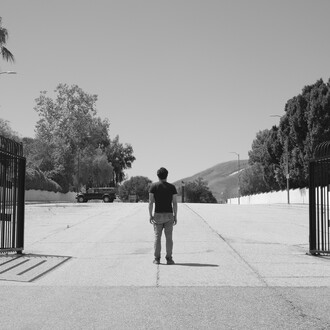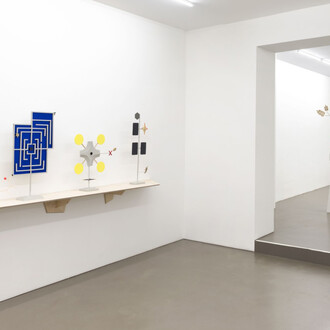Now the dreamers walk around openly with their dreams on the surface of their skin…
(From Alphabet by Inger Christensen)
Vast vehicles like airplanes, ships, and trains are places in and of themselves, even though their main role is to transport us from one place to another. They exist beyond ordinary spaces and are bound by special rules and principles. Colors, shapes, and words take on a different meaning than in the outside world; people adopt behaviors and rituals that are unique to these realms. At the same time, that which takes you to another place can be something as plain as a broken-off branch clenched by the hiker’s fist, allowing a steady stride forward, step by step. Sometimes it only takes a soft voice from within or a gentle hand on your back to summon the strength to keep going.
On the good ship. A nipple peeks over a neckline like a curious eye. The sun glints on water and you squint your eyes. You see colorful ropes, abundant nets, sun-bleached pillows. You aim with one eye closed. One rarely sees the face of the ferryman. You wring saltwater from your hair, tear lace from your sleeve, place your trust in red stripes, a glance in the rearview mirror, and the brim of a hat shaped by the weather.
Patterns, connections, context, they appear almost on their own, don’t they? You don’t have to force it or to worry about it. It is no coincidence – though it might appear so – which things ask to be seen by you. Those things are material manifestations of something intangible that resonates deep within you. Yet they never reveal exactly what that is, for they are clues meant to be interpreted as such.
For this exhibition at Galerie Thomas Fischer, Margrét H. Blöndal presents new works on paper. Here we find lyrical line drawings and drawings where Blöndal has worked in layers with texture and surface. One can tread carefully along ridges and seek shelter behind covers and within hollows. The drawings do not depict the whole of the phenomenon she draws; instead, she has chosen to show us parts and bits, the vibration that exists within everything.
Readers of ancient poets whose works are only preserved as fragments, sometimes just as a single sentence on a worm-eaten sheet of papyrus, must attune their attention to what springs up from the void of lost words. In the same way, Blöndal’s works come into being where the words cease.
A hundred and fifty years after the general acceptance of the four-elements theory, Aristotle looked to the night sky and reasoned that the fifth element had to be the substance stars were spun from. The aether that tied together air, fire, earth and water. When scientists in the last century understood that light was both wave and particle, the light would continue to tease them by refusing to reveal its dual nature simultaneously. Blöndal’s drawings show up as flickering fragments, revealing what can only be glimpsed through such a carnival peep show.
(Text by Kari Ósk Grétudóttir)














